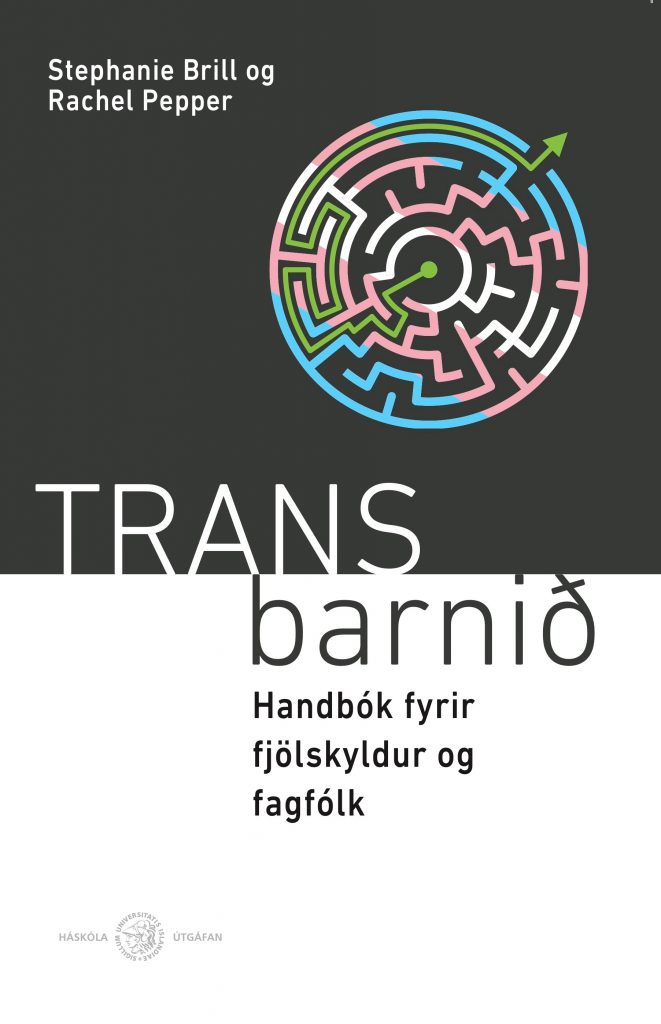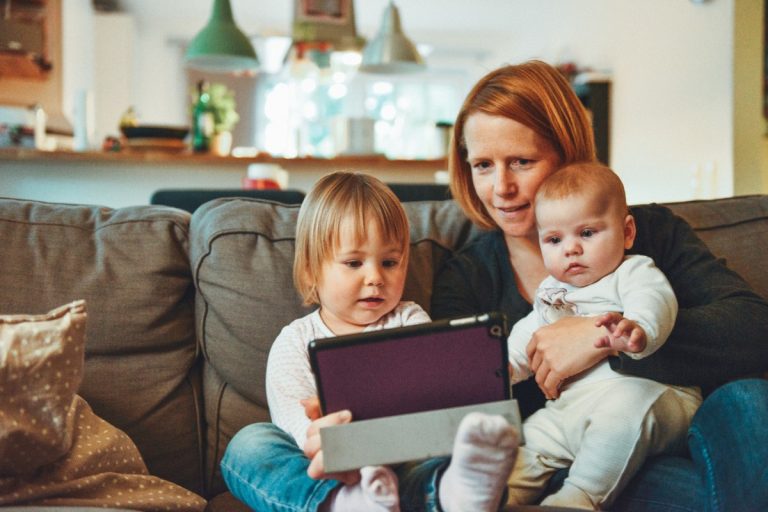Newly translated material helps educators, parents, and teens understand trans issues.

Trans Barnið, or The Transgender Child, is a collaborative new book of updated material in Icelandic for educators, parents, and anyone looking to further their understanding of LGBTQ+ concepts. It’s a handbook that tackles concepts like “is my child trans?” and family acceptance. As the first of it’s kind translated for the Icelandic audience, this book aims to improve education surrounding the formative years of a child’s gender and sexuality. Michael Ryan chatted with Svandís Anna Sigurðardóttir to find out more about the book and its response.
Mainly, the book goes through the ages and different stages a trans child may go through in their development. Parenting and raising a trans child is also included to help guide adults. There are chapters on coming out, being visible and transitioning, and education and health systems. Trans Barnið also discusses various aspects of gender, norms, stereotypes, ideas and expectations that can be limiting for children. Really, it’s a resourceful read for anyone, not just those who work directly with trans children.
“Trans visibility has increased dramatically over the last ten years, especially in the last five. Schools and parents of trans children have done better to change and adjust their thinking, but more work is still needed.”
So far, feedback on the book’s launch has been positive and readers are gracious. The need for this material in the Icelandic lexicon is paramount, now at a time where our understanding of the complex issues is better than ever before. Svandís mentiones the book launch was attended by speakers from Samtökin ‘78, Trans Iceland, and Trans Vinir, the newly formed organization of parents and families of trans children.
She says that on a positive note, trans education and visibility has been increasing in Iceland. “Trans visibility has increased dramatically over the last ten years, especially in the last five. Schools and parents of trans children have done better to change and adjust their thinking, but more work is still needed. Most schools are making inclusive improvements “after the fact,” instead of before hand.” So, how can we improve? Well, it takes a village!”

Svandís notes that children and adults in the majority, those who confine to societal norms of gender expression and sexuality, need to be educated too. “They are the ones who create the atmosphere that the trans and other queer kids are engulfed in. That’s why gender studies and queer education must be a part of the programme at every school and at every level of education.”
“For now it’s important that every school owns a copy for teachers and staff to benefit from.”
Since the book recently launched no schools are using the book as teaching material yet. However, Svandís would like to see universities and secondary schools use it in that way. “For now it’s important that every school owns a copy for teachers and staff to benefit from.”
She says that in the meantime, we can all do better to learn about trans issues; educators need to actively review their teaching material and check if their message is inclusive or not. “This could be as simple as including a queer/trans athlete when talking about sports history, but it also means attending up to date lectures and staying current with terminology and identities, then implementing these concepts and ideas in everyday use.”
Many of these changes will take time and other resources. Purchasing new books or teaching material, bringing in lecturers, and attending conferences will all contribute to a more sustainable change within the discussion.
Most importantly, listening to transgender children and taking their views and decisions into account is they key for sucess. With this book’s help, the future is bright for trans children both on the page and off.
______________________________________________________________________________
Collaborating to publish this book in Icelandic were:
Rachel Pepper – Original Author
Stephanie Brill – Original Author
Trausti Steinsson – Translator
Svandís Anna Sigurðardóttir – Human Rights Office, Reykjavikurborg
Þorgerður Einarsdóttir – Háskoli Íslands Gender Studies
Sigga Birna Valsdóttir – Samtökin ‘78
Ugla Stefanía – Translator, Assistant
Funding for the book came from:
Arion Banki
The Association of Teachers in Primary and Lower Secondary Schools
The Town of Hveragerði
The Human Rights Committee of Reykjavík City
The Icelandic Literature Center
The University of Iceland Research Fund
Landsbanki Community Fund
Árborg Municipality


